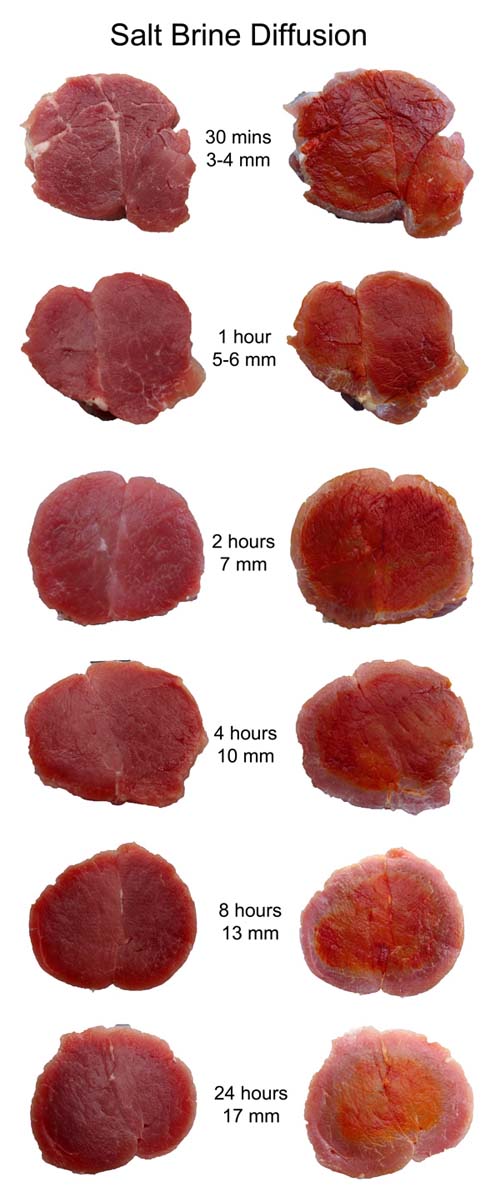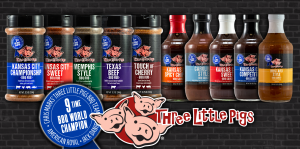What Is Brine?
Brine is a salt solution made by mixing salt and water, usually about 5 to 8 percent salt by weight. Some recipes include sugar and other ingredients to add flavor to the meat being brined, but a basic brine is a salt-water solution.
Here are three major functions accomplished by brining —and reasons to try it.
Meat absorbs some of the liquid: When a piece of meat is soaked in a brine solution, that solution is slowly drawn into the meat, and even though some of it is inevitably lost during cooking, it still makes a big difference. Since the meat starts out with more liquid within, it ends up juicier and moister when cooked.
Muscle fibers are dissolved: Highly concentrated salt solutions will cause proteins to precipitate (essentially forcing them to aggregate with each other and clump together). On the other hand, a low-concentration salt solution has the opposite effect and can increase protein solubility and allow more proteins to dissolve. So, brine helps dissolve some of the muscle fibers, which helps to reduce the toughness of meat.
Muscle fibers and meat proteins denature: A salt solution can denature proteins, essentially unfolding and unraveling them. As they unfold, water works its way in between these proteins so there is more water in between the meat proteins as the meat cooks. This results in a more tender cooked meat.
Why Brine?
Brining was originally used for food preservation in the pre-refrigeration era. However, there are two solid reasons why you should brine your meat in this century: flavor and texture. Brining infuses the meat with savory, flavors, all while tenderizing it to butter-soft texture.
Wet Brine:
The basic ratio for any wet brine is 1 cup of salt to 1 gallon of water. If you’re feeling fancy, throw in some smashed garlic cloves, peppercorns, or citrus — also smashed. Another general rule of thumb is to leave your meat in its brine for roughly one hour per pound — never brine your meat more than the prescribed amount, the proteins break down too far, turning it into unappetizing mush.
Dry Brining:
Dry brining is technically a misnomer. The term “brining” implies a liquid, and dry brining could more accurately be categorized as a rub, seasoning or a “cure,” for your meat. However, the result is quite similar. By coating your meat in a salty mixture, it both re-distributes moisture and pulls the seasoning deep into the meat. Dry brining is also a clean, simple seasoning option if you don’t want to fill your fridge with large containers of submerged meats, for some reason
Marinade Vs Brine
Brines are a great way to add moisture to meats and marinades are a great way to add flavor.
Marinades don’t add a lot of moisture to meat, but they can add lots of flavor, and make meat more tender Marinades are sauces with an acidic base (like vinegar, citrus, or wine). The acid in a marinade breaks up the structure of the proteins in the meat. Water (from the marinade) gets caught between the proteins, and makes the meat seem more tender.
Marinades only work on about the outside ¼ inch of the meat. Not a lot of liquid will get into the meat, but a lot of flavor will be absorbed on to the meat. Marinades are good for smaller, more tender pieces of meat like chicken breasts, steaks, and pork chops. Soaking meats too long in marinades can backfire on you, the meat can start to dry out and get very tough.
Chris Marks CBBQE (Chief BBQ Expert) Three Little Pig’s BBQ Rubs/Sauces









